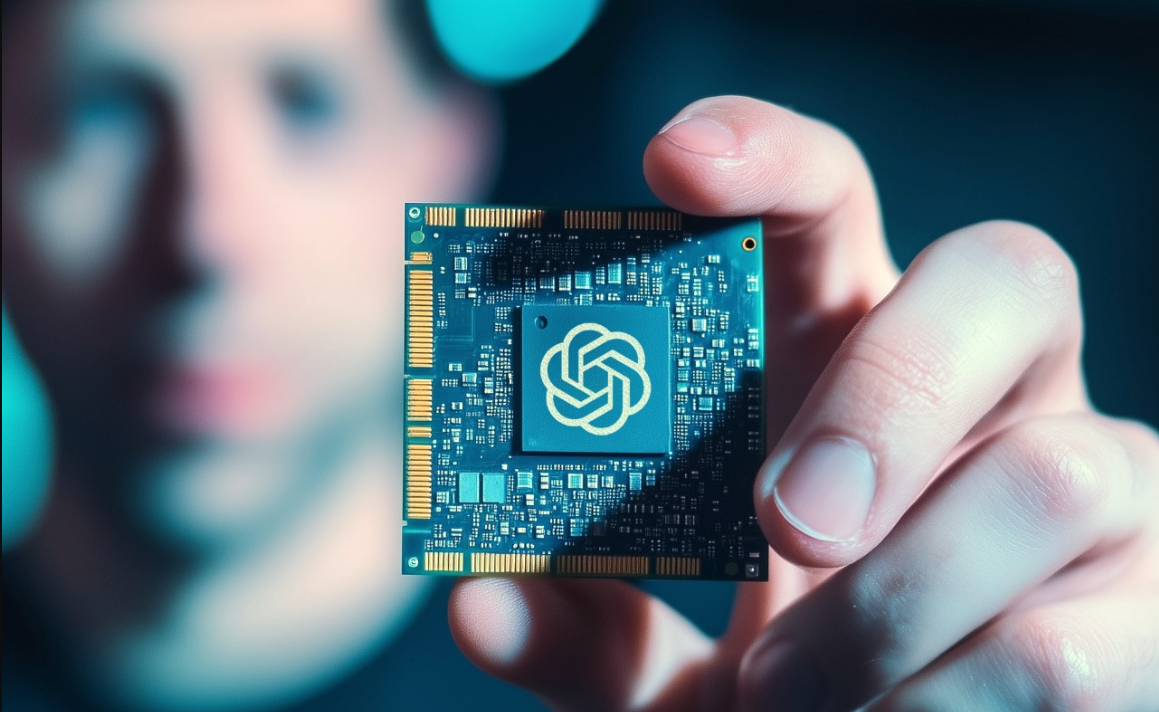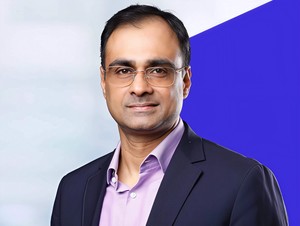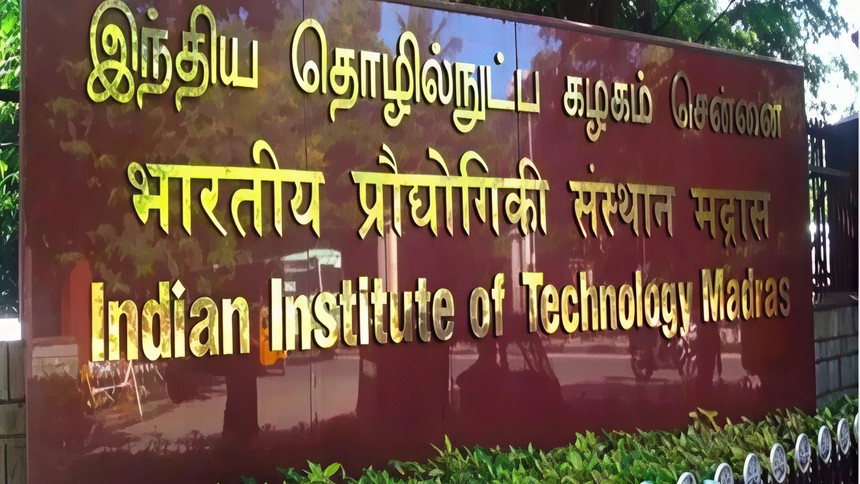A new era of AI infrastructure

The partnership marks OpenAI’s first major venture into custom hardware, underscoring its ambition to vertically integrate every layer of its AI ecosystem. OpenAI will design the accelerators and systems, while Broadcom will handle large-scale production and deployment. The rollout is expected to begin in late 2026 and continue through 2029, establishing one of the largest AI infrastructure projects in the world.
Sam Altman, Co-founder and CEO of OpenAI, said the collaboration is central to expanding the computational power required for frontier AI systems. “Partnering with Broadcom is a critical step in building the infrastructure needed to unlock AI’s potential and deliver real benefits for people and businesses,” he noted.
Reducing dependence on third-party chips
The move comes amid rising demand for specialized hardware in the AI sector, which has long been dominated by NVIDIA and AMD. By developing its own accelerators, OpenAI seeks greater control over performance, cost, and scalability as its models continue to grow in size and complexity.
Greg Brockman, Co-founder and President of OpenAI, emphasized that integrating model knowledge directly into hardware could redefine AI efficiency. “By building our own chip, we can embed what we’ve learned from creating frontier models directly into the hardware, unlocking new levels of capability and intelligence,” he said.
Broadcom’s growing role in AI hardware

For Broadcom, the partnership marks a significant expansion in the rapidly growing AI semiconductor market. President and CEO Hock Tan called the alliance a “historic milestone,” adding that the two companies share a vision of advancing artificial general intelligence through hardware-software synergy.
Charlie Kawwas, President of Broadcom’s Semiconductor Solutions Group, explained that the project will utilize Broadcom’s expertise in Ethernet, PCIe, and optical connectivity. “Custom accelerators combine remarkably well with standards-based networking solutions to deliver cost and performance-optimized AI infrastructure,” he said.
A step toward the AI future
The collaboration aligns with an industry-wide trend of developing in-house chips to handle the computational intensity of generative AI. Tech leaders like Google, Amazon, and Meta have all built proprietary processors to enhance AI workloads, and OpenAI’s entry into this space places it firmly among the top innovators shaping the next phase of AI evolution.
By aligning its hardware and software development, OpenAI aims to shorten training cycles, boost efficiency, and ensure that each new generation of models benefits directly from hardware advancements. However, with 10 gigawatts of planned compute capacity, the project will also face immense energy and logistical challenges.
Despite these hurdles, the partnership stands as one of the most ambitious undertakings in AI history. If successful, the OpenAI–Broadcom collaboration could define a new frontier in how artificial intelligence is built, scaled, and delivered to the world.
Follow Tech Moves on Instagram and Facebook for more updates on technology, AI innovation, and the future of hardware breakthroughs.














